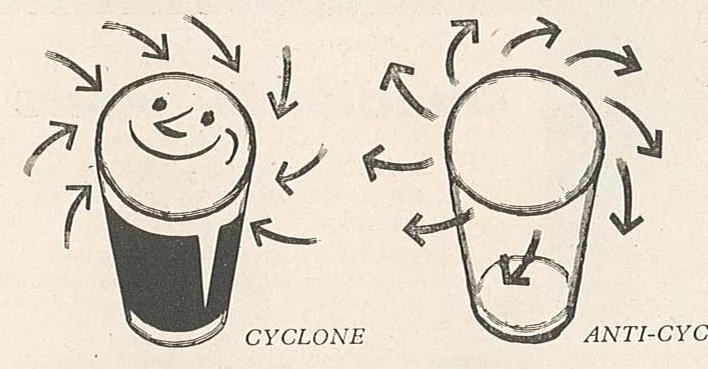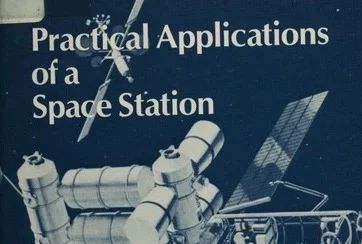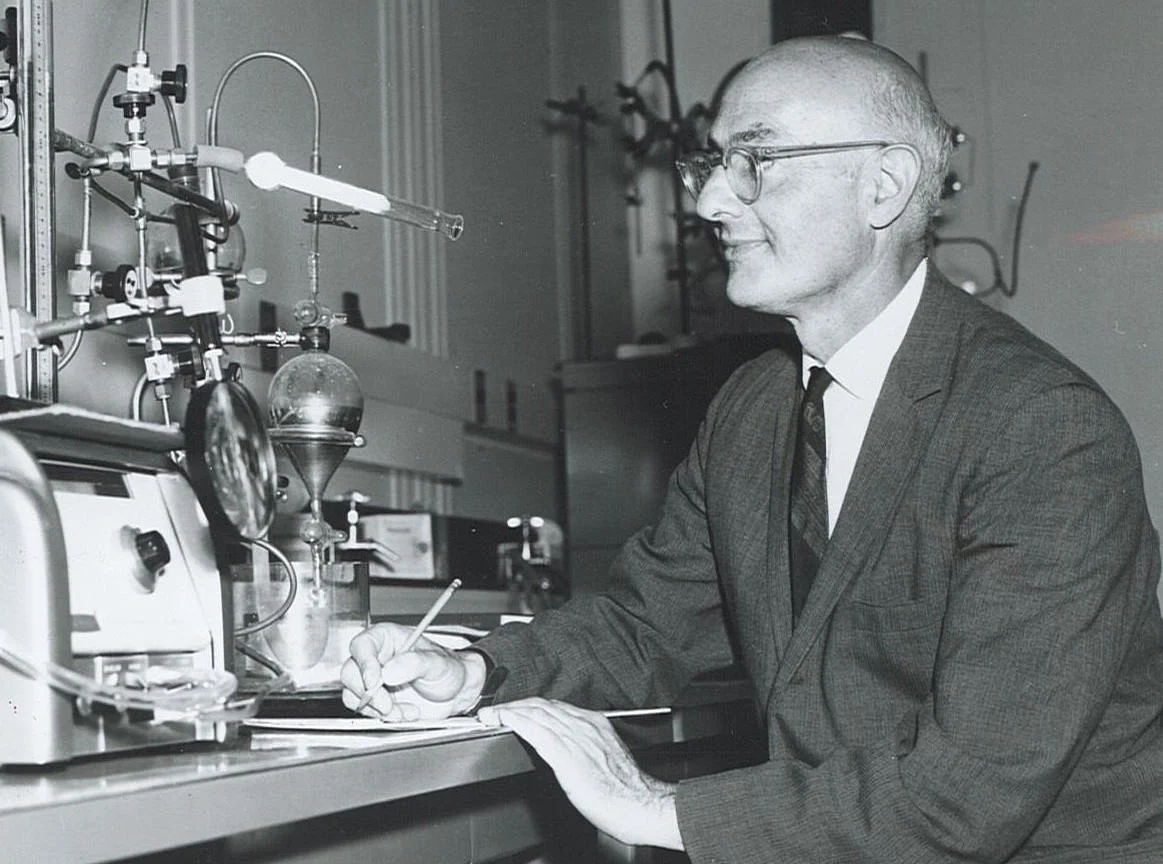The National Climate Program Act, 1978
Two minutes in the life of a President. Excerpted from "The Daily Diary of Jimmy Carter, October 14, 1978," held by the Jimmy Carter Presidential Library.
Have you ever heard of the National Climate Program Act? I’d never heard of the National Climate Program Act. It’s not indexed in my favorite history of American environmental policy, and it doesn’t rate even a stub in Wikipedia. Jimmy Carter signed it so grudgingly that I can’t find any pictures of it happening. The image above shows that the President spent all of two minutes commemorating it with congressional sponsor George Brown before moving on to tape robocalls.
But you need to know about the Act for three reasons.
First, NCPA established a legal foundation for climate services in the US. Key parts of the US economy are more productive because of the interpretative products created by Regional Climate Centers established under the NCPA. As former AMS president Marshall Shepard wrote recently, “If you eat food, consume energy, use transportation systems, or generally ‘live,’ RCCs indirectly touch your life.” Climate services help farmers to plan, electrical generators to manage the power grid, fire fighters to control wildfires, and all kinds of people to deal with drought, floods, and severe storms. (Naturally, the Trump Administration is targeting the RCCs for near-elimination. Sign this petition, then call your representatives!)
Second, NCPA offers a model for thinking about how to promote climate resiliency. NCPA aims to reduce our society’s vulnerability to climate by encouraging cooperation between many actors, including state governments, industrial and individual users of climate information, university researchers, and federal agencies like NOAA. In today's language, it recognizes that building a climate-ready nation requires involving many stakeholders. Good solutions come from diverse places, and the law establishes a framework for developing and sharing those solutions. While global weirding obviously makes climate resiliency more important than ever, you don’t have to believe anything about climate change to see why this is a good idea.
Third, NCPA highlights an historical moment when the politics of climate were quite different. Climate policy was not yet polarizing and divided along partisan lines as it later became. During the mid 1970s, a climate policy oriented around user-services could bring Democrats and Republicans together. Republican senators James Pearson (KS) and Harrison Schmitt (NM) joined with liberal lion George Brown (D-CA) in the House to sponsor NCPA. In his history of the NCPA, Gabe Henderson argues that in the 1970s,
“Republicans—including staunch conservatives in the American Sunbelt—were not opposed to climate research funding, did not doubt the reality of climatic change or its societal effects, and did not seek to undermine national efforts to adapt to climatic stresses. To the contrary, conservative supporters believed that a user-oriented climate program was itself conservative in that it would strengthen American economic interests while empowering states to manage their own affairs in cooperation with the federal government.” (p. 212)
Today of course, former astronaut Schmitt is notorious for conflating communism and environmentalism and for suggesting that the "CO2 scare" is a stalking horse for National Socialism. A better understanding of history can help us to see more clearly when and how the Republican Party was dragged away from reality.
Learn More:
- Gabriel Henderson, “Governing the Hazards of Climate: The Development of the National Climate Program Act, 1977—1981,” Historical Studies in the Natural Sciences, Vol. 46, No. 2 (April 2016): pp. 207-242. DOI: 10.1525/hsns.2016.46.2.207.
- Environment and Public Works Committee, US Senate. Text of the National Climate Program Act (As enacted by Public Law 95–367 (Sept. 17, 1978) and As Amended Through P.L. 106–580, Dec. 29, 2000.)
- Marshall Shepard, “Regional Climate Centers Provide Vital Services, But Their Future Is Cloudy,” Forbes, June 9, 2017.
Image Source:
"The Daily Diary of Jimmy Carter, October 14, 1978," held by the Jimmy Carter Presidential Library.






